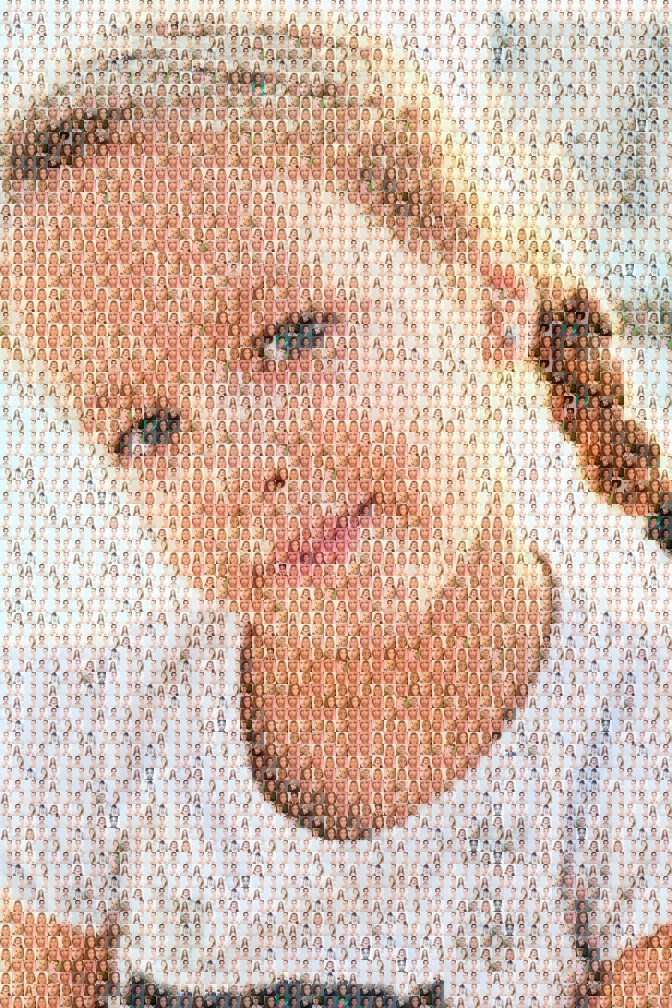Mosaic as we know it is rich. Rich of its history, rich of the borrowing of its creator and his knowhow, but also rich of its colors, textures and finishes… but how will it survive the digital race ?
In April 2017, there were already 3.81 billion Internet users, ie 51% of the world’s population ! In 2005 this number was « only » around 15%.
I think it’s safe to say thing are moving quickly. Very quickly. And that the more the digital professions develop and the more we fear for the survival of certain crafts, the unique know-how sometimes passed on from generation to generation.
Will mosaic disappear?
If, for some, digital is synonymous of the future, for others, it will never replace certain trades including high-value precision manual trades.
The art of Mosaic is one of them. Indeed, it is very appreciated for its variety of materials and its unique use of color. This is particularly the case in the field of interior design.
Beyond that, mosaic grows, adapts and inspires.
In recent years, more and more digital solutions resulting from this practice are emerging.
This is the case of some social networking applications like Pleek that enables participatory mosaic or Layout (for Instagram) that turns this art into a playful and user-friendly practice.
The first compositions of this type were created in the 1960s. Photomosaic is in some ways the “modern version” and likes to create a universe of photos inside an image based on the average color values of each unit. And although today it is done mainly through specific algorithms, this is, in some ways, the modern praise of a practice that has gone through the ages … without ever blushing !
